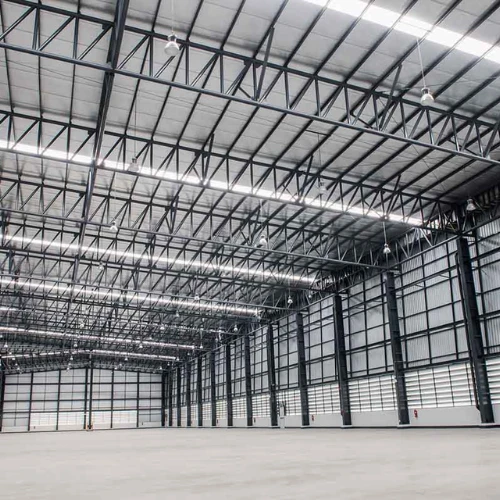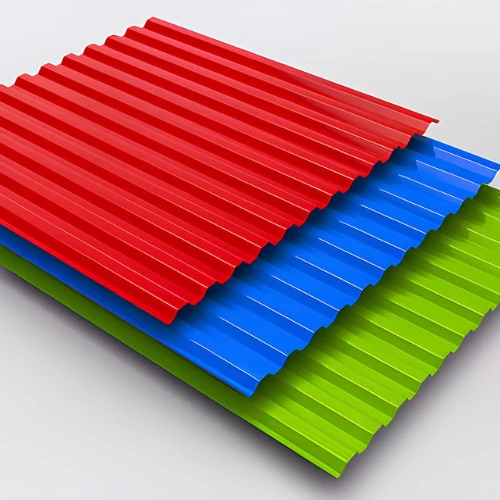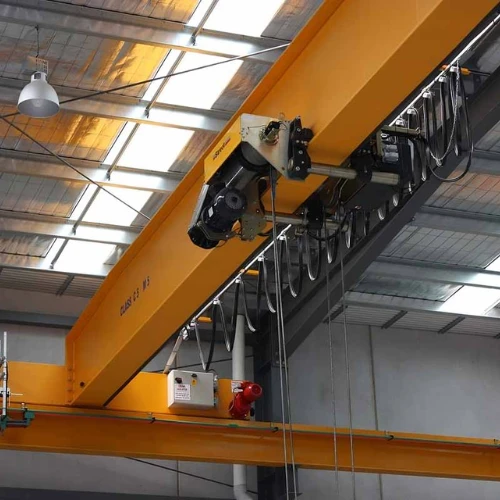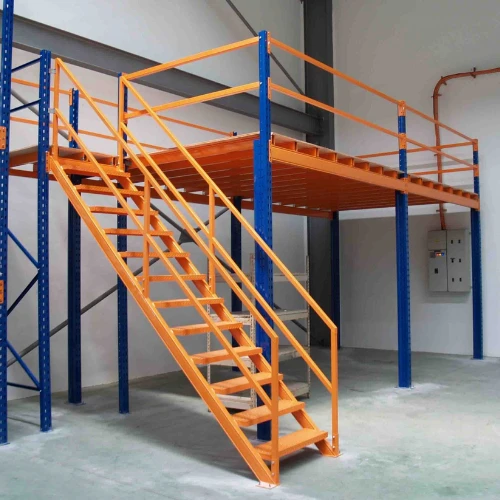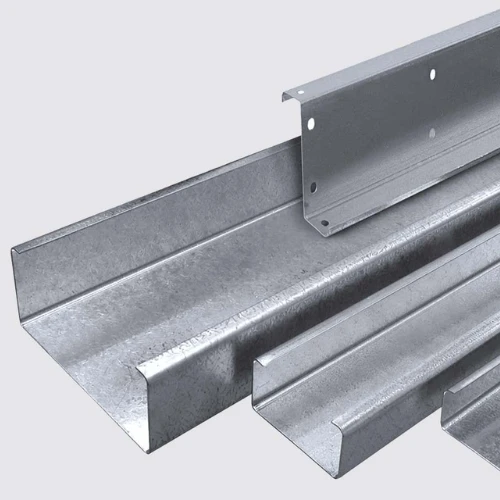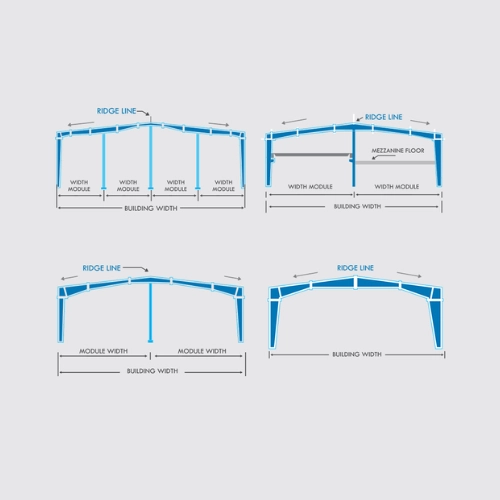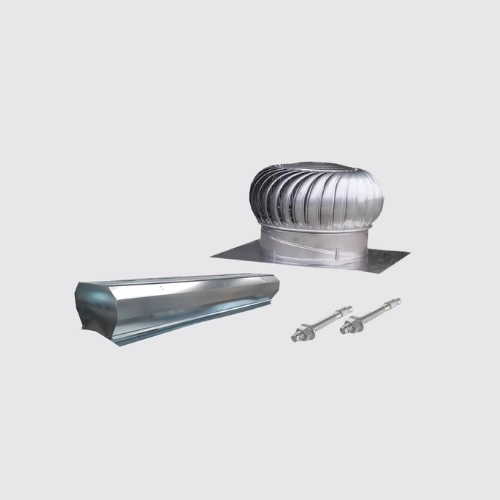In industrial and prefab construction, one of the most underestimated yet critical design concerns is thermal movement, the expansion and contraction of roofing materials due to temperature fluctuations. For structures with large roof spans and metal enclosures, overlooking this can lead to costly failures over time. Thankfully, top roofing sheet manufacturers are addressing these challenges through innovation, engineering precision, and smart material choices. From insulated roof panels to expansion joints and fastening systems, thermal movement is no longer a mystery; it’s a manageable variable in modern roofing design.Whether you are a civil engineer, architect, or PEB manufacturer in Ahmedabad, understanding how to engineer around thermal stress is key to delivering long-lasting, high-performance buildings.
Understanding the Science: What is Thermal Movement?
Thermal expansion occurs when metal roofing materials expand upon heating and contract when cooled, causing a natural process called Thermal Movement. This daily cycle, especially in climates like India, where temperatures may swing by over 40°C between seasons, exerts significant stress on both roof panels and their substructures.
The rate of this movement can be calculated using the formula:
Where:
= Change in length (in mm or cm)
= Coefficient of linear expansion
= Original length of the material
= Temperature difference
Let’s take an example:
For a 30-meter-long steel roof panel, with steel’s coefficient of expansion (α) being 12 × 10⁻⁶/°C, and a 50°C temperature rise:
An 18mm expansion may seem minor, but without proper engineering design, it can lead to buckling, fastener shearing, and even leakage, especially in metal roof systems lacking thermal flexibility.
Thermal Movement Risks in Roofing
Thermal stress may seem subtle at first, but it can manifest in multiple ways across roofing systems if not properly addressed by roofing sheet manufacturers:
- Panel Buckling: Sheets distort due to restrained expansion.
- Fastener Failure: Expansion force causes screws to loosen or shear.
- Joint Leakage: Gaps open at ridge caps, valleys, and overlaps.
- Damaged Roof Insulation Sheets: Compressed or displaced insulation loses performance.
- Aesthetic Impact: Warping and visible misalignment in roof panels.
These failures are particularly common in warehousing, manufacturing sheds, and PEBs, all of which rely heavily on long metal spans. For every PEB manufacturer in Ahmedabad, thermal behaviour must be part of the early design conversation.
Engineering Solutions by Roofing Sheet Manufacturers
To combat these risks, leading roofing sheet manufacturers have adopted multi-level engineering strategies. Let’s explore the most effective ones:
1. Advanced Roof Panel Profiles
- Profiles like trapezoidal, corrugated, and standing seam are designed to flex slightly under movement.
- Standing seam roof panels (especially clip-fastened ones) allow thermal elongation without compromising waterproofing.
- Corrugation depth is optimised to manage flexure without distortion.
2. Expansion Joints and Slip Details
- Expansion joints are introduced every 20–30 meters of roofing length, allowing sections to “breathe.”
- Slip joints use overlapping panels with sliding capabilities.
- Sealed with weatherproof tapes to prevent ingress of water or dust.
Case Example: An industrial plant in Gujarat used Colour Coated Galvalume® panels with 3 expansion joints over a 100-meter span. Zero roof deformation even after five summers.
3. Smart Fastener Selection and Spacing
- Self-drilling screws with neoprene washers absorb expansion pressure and prevent water leakage.
- Slot-hole fastening allows metal sheets to shift slightly during thermal cycles.
- Fastener spacing is reduced near panel ends to resist shear during expansion.
Roofing sheet manufacturers offer fastening guides specific to each profile and climate condition.
4. Roof Insulation Sheets as Thermal Buffers
- Roof insulation sheets, like PUF or Rockwool core panels, create a thermal break between the roofing sheet and the structure.
- They reduce inner surface temperatures and slow down the heat transfer, minimising thermal shock.
This is especially useful in insulated roofing systems that combine structure, insulation, and weatherproofing in one assembly.
Material Recommendations Based on Thermal Behaviour
Different materials exhibit different thermal behaviours. Leading roofing sheet manufacturers test and recommend materials based on location, structure type, and usage.
| Material | Coefficient of Expansion (×10⁻⁶/°C) | Comment |
| Steel (Galvalume®) | 12.0 | Balanced expansion & durability |
| Aluminum | 23.0 | Higher expansion needs a flexible mounting |
| Zinc | 30.0 | High expansion, rarely used for industrial spans |
Moreover, reflective coatings like PVDF and SMP are used to reduce solar absorption. A higher SRI (Solar Reflectance Index) leads to less expansion, hence cooler and more stable roof panels.
Prefab & PEB Thermal Solutions
Prefab structures and PEBs rely heavily on pre-engineered roofing solutions. Therefore, manufacturers like Choice Prefab work closely with every PEB manufacturer in Ahmedabad to ensure seamless integration of thermal flexibility.
Here’s what makes prefab roofing thermally stable:
- Floating Clip Systems: Used in standing seam roofs to allow expansion without pulling at fasteners.
- PUF Insulated Roofing Panels: Sandwich panels that offer strength, insulation, and minimal thermal stress.
- Breathable Membranes: Installed beneath roof insulation sheets to manage vapour and condensation without trapping heat.
- Ridge Ventilators: Reduce attic temperature and regulate thermal airflow.
Prefab roofing now involves both structural and thermal engineering, where insulation and expansion are planned from the drafting stage.
Testing, Simulation & Quality Control
Leading roofing sheet manufacturers use FEA (Finite Element Analysis) software to model roofing behaviour under:
- Diurnal temperature variations
- Wind uplift
- Structural load combined with thermal stress
Post-installation, many roofs undergo thermal imaging inspections to identify hotspots, faulty joints, or insulation gaps. Third-party certifications also ensure the thermal performance of both insulated roofing and roof insulation sheets.
Best Practices for Architects, Civil Engineers & PEB Fabricators
If you’re planning or executing a metal roofing project, here’s what industry professionals should follow:
- Calculate expansion using material-specific data
- Introduce expansion joints in design drawings
- Choose the right roofing sheet manufacturers with tested thermal performance data
- Select fasteners and roof panels as per span and climate
- Work with insulated solutions when internal temperature control is required
- Ensure on-site installers are trained in thermal detailing and insulation placement
For a PEB manufacturer in Ahmedabad, this knowledge is critical for maintaining roof stability during harsh summers and monsoons.
Sustainability and 2025 Trends in Thermal Roofing
As climate challenges become more intense, roofing sheet manufacturers are evolving:
- Cool Roofs: Sheets with high SRI to reflect solar radiation
- Smart Roofing Systems: Sensors monitor real-time heat and structural shifts
- Green Certifications: LEED, IGBC points now reward thermal efficiency
- Recyclable Roof Insulation Sheets: Sustainable choices gaining preference
Sustainable thermal management is no longer optional; it’s expected in 2025-era industrial design.
Final Thoughts
Thermal movement is a silent force that can cause visible damage, but only when ignored. When addressed properly by experienced roofing sheet manufacturers, it becomes a predictable, controllable aspect of design.
From expansion joints to smart insulation, today’s solutions combine material science and structural engineering. And for every architect, civil engineer, or PEB manufacturer in Ahmedabad, thermal planning is a non-negotiable step in roofing execution.
Looking to build thermally sound, long-lasting, and high-performance roofs? Partner with a trusted name in prefab roofing solutions.Explore engineering-grade roofing systems at Choice Prefab, where insulation, precision, and expansion control come standard.


